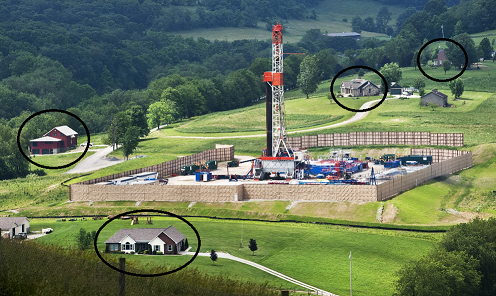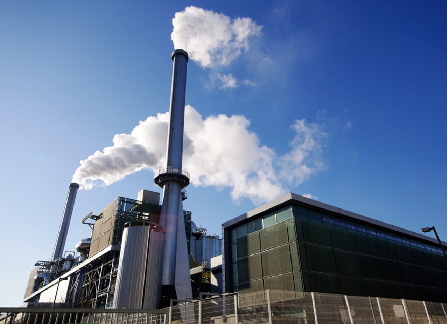Stop the Seneca Lake Gas Storage Project
May 13, 2016
YOUR SUPPORT NEEDED for New PA Oil and Gas Regulations
May 31, 2016May 12, 2016
Find the Paper in Reviews on Environmental Health
Note: Dr. Larysa Dyrszka is a member of Damascus Citizens.
Potential hazards of air pollutant emissions from unconventional oil and natural gas operations on the respiratory health of children and infants by Ellen Webb, Jake Hays, Larysca Dyrszka, Brian Rodriguez, Caroline Cox, Katie Huffling and Sheila Bushkin-Bedient, Published Online: May 12, 2016, Received October 12, 2014; accepted February 8, 2016, Reviews on Environmental Health
Abstract:
Research on air pollutant emissions associated with unconventional oil and gas (UOG) development has grown significantly in recent years. Empirical investigations have focused on the identification and measurement of oil and gas air pollutants [e.g. volatile organic compounds (VOCs), particulate matter (PM), methane] and the influence of UOG on local and regional ambient air quality (e.g. tropospheric ozone). While more studies to better characterize spatial and temporal trends in exposure among children and newborns near UOG sites are needed, existing research suggests that exposure to air pollutants emitted during lifecycle operations can potentially lead to adverse respiratory outcomes in this population.
Children are known to be at a greater risk from exposure to air pollutants, which can impair lung function and neurodevelopment, or exacerbate existing conditions, such as asthma, because the respiratory system is particularly vulnerable during development inutero, the postnatal period, and early childhood.
In this article, we review the literature relevant to respiratory risks of UOG on infants and children. Existing epidemiology studies document the impact of air pollutant exposure on children in other contexts and suggest impacts near UOG. Research is sparse on long-term health risks associated with frequent acute exposures – especially in children – hence our interpretation of these findings may be conservative. Many data gaps remain, but existing data support precautionary measures to protect the health of infants and children.
Keywords: benzene; formaldehyde; ozone; particulate matter; silica dust; UOG.
Conclusion
We conclude that exposure to ozone, PM, silica dust, benzene, and formaldehyde is linked to adverse respiratory health effects, particularly in infants and children. However, the scientific literature examining the direct impact of shale gas and oil development on children is just starting to emerge. In the absence of direct evidence on levels of exposure and adverse health outcomes among infants and children due to UOG air pollution, our focus on key air pollutants and the vulnerability of children serves to identify potential health risks as well as to promote additional research in this area.
Research indicates elevated air pollutant emissions and/or atmospheric concentrations in areas with UOG development as well as increased health risks, driven by pollutants such as benzene. Meanwhile, a growing number of epidemiological studies indicate that oil and gas development is associated with adverse health impacts, such as increased birth outcomes, hospitalization rates, and reported health symptoms per person (2, 160, 161). These initial results are consistent with the existing body of epidemiology that observes the impact of air pollutant exposure on children more generally. We believe that protecting children’s health is a social, scientific, and ethical priority. Large-scale and long-term epidemiological studies are needed but we strongly recommend precautionary measures at this time, in order to protect the health of infants and children.
Additional information from TruthOut:
“The study — the first to specifically focus on how shale oil and gas drilling affects children’s ability to breathe — concludes that starting in the womb, children’s developing respiratory systems are particularly at risk from five airborne pollutants associated with fracking and drilling.”



